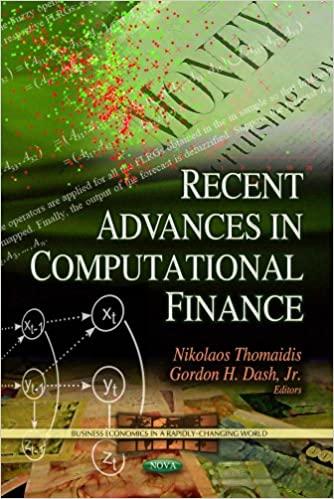Today, Bruce and Brenda each have $150,000 in an investment account. No other contributions will be made to their investment accounts. Both have the same goal: They each want their account to reach $1 million, at which time each will retire. Bruce has his money invested in risk-free securities with an expected annual return of 5 percent. Brenda has her money invested in a stock fund with an expected annual return of 10 percent. How many years after Brenda retires will Bruce retire? 12.6 O 19.0 O 19.9 O 29.4 O 38.9 Previous Page Next Page Page 8 of 30 Karen and her twin sister, Kathy, are celebrating their 30th birthday today, Karen has been saving for her retirement ever since their 25th birthday. On their 25th birthday. she made a $5,000 contribution to her retirement account. Every year thereafter on their birthday, she added another $5,000 to the account. Her plan is to continue contributing $5,000 every year on their birthday. Her 41st and final, $5,000 contribution will occur on their 65th birthday. So far, Kathy has not saved anything for her retirement but she wants to begin today. Kathy's plan is to also contribute a fixed amount every year. Her first contribution will occur today, and her 36th, and final, contribution will occur on their 65th birthday. Assume that both investment accounts earn an annual return of 10 percent p.a. How much will Karen have saved by age 65? $1,980,661 $1.980,666 O $2,439.259 $1,231,664 $1,015,330 An asset yields the following year-end cash flows: $100 for year 1 (t-1), $200 for year 2(t-2) and $300 for year 3 (t=3). There are no cash flows after year 3. Which of the following statements is most correct? If the required rate of return is 10%, the present value of the cash flows is less than $600. If the required rate of return is 10%, at the end of year 3 the future value of the cash flows is greater than $600. If the required rate of return is 0%, the present value of the cash flows is $600. At the end of year 3, the future value of the cash flows is also $600. Statements A and B are correct. Statements A, B and C are correct. Previous Page Next Page Page 10 of 30









